-
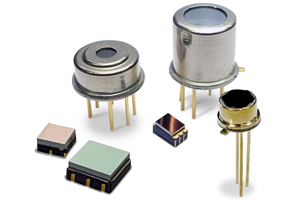
-
What Is a Thermopile? How It Works, Types, Uses & Innovations
Published:2025-12-06
A thermopile converts infrared radiation into electrical energy using multiple thermocouples, ideal for temperature sensing, HVAC, and energy harvesting. Key factors include sensitivity, response time, and temperature range.
-
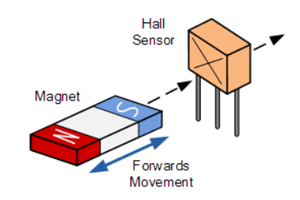
-
Hall Effect Sensors: Working Principle, Types, and Applications
Published:
Hall Effect sensors detect magnetic fields and convert them to electrical signals. They’re used in automotive, industrial, and consumer electronics, with key features like sensitivity, accuracy, and temperature range.
-
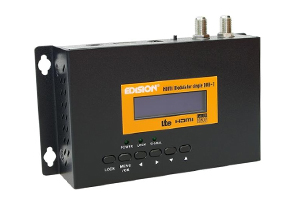
-
HDMI Modulator: How It Works, Uses, and Troubleshooting
Published:
An HDMI modulator converts HDMI signals into RF for distribution via coaxial cables, connecting modern devices to older TVs. It’s used in multi-room setups, with types like HD, 4K, and single/multi-channel options. Key factors include resolution, power, and installation.
-
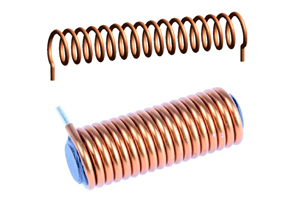
-
Solenoids: Types, Working, Construction & Uses
Published:2025-12-05
Solenoids convert electrical energy into mechanical motion using a magnetic field. Types include linear, rotary, and proportional solenoids, used in applications like valves, locks, and automation. Key factors include design, power, and maintenance.
-
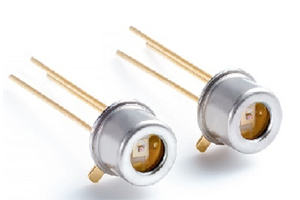
-
Avalanche Photodiodes: Working, Types and Applications
Published:
Avalanche Photodiodes (APDs) are sensitive light detectors used in LiDAR and fiber-optics. They amplify weak signals and are chosen based on wavelength, gain, and noise.
-
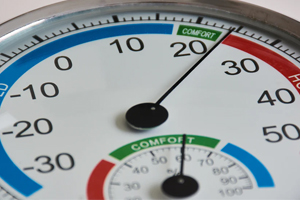
-
What Is a Hygrometer? How to Measure Humidity Like a Pro
Published:
Introduction A hygrometer is a type of instrument used for measuring the amount of moisture or water vapor in the air. It is commonly expressed as a percentage of relative humidity. Monitoring humidity is important for maintaining comfort, health, and preserving materials and equipment in many environments. Here are more reasons to monitor humidity. Hygrometers […]
-

-
Inrush Current Limiter: Types, Working, Design & Applications
Published:
An Inrush Current Limiter (ICL) suppresses the surge of current when devices are powered on, preventing damage. It works by initially providing high resistance and then transitioning to low resistance. Common types include NTC thermistors (passive) and soft starters (active).
-
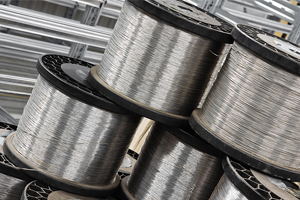
-
Resistance Wire: What It Is and How It Works
Published:
Resistance wire, made from alloys like Nichrome and Kanthal, converts electricity to heat. Used in heating elements, resistors, and industrial, household, and medical devices due to high resistivity, stability, and durability.